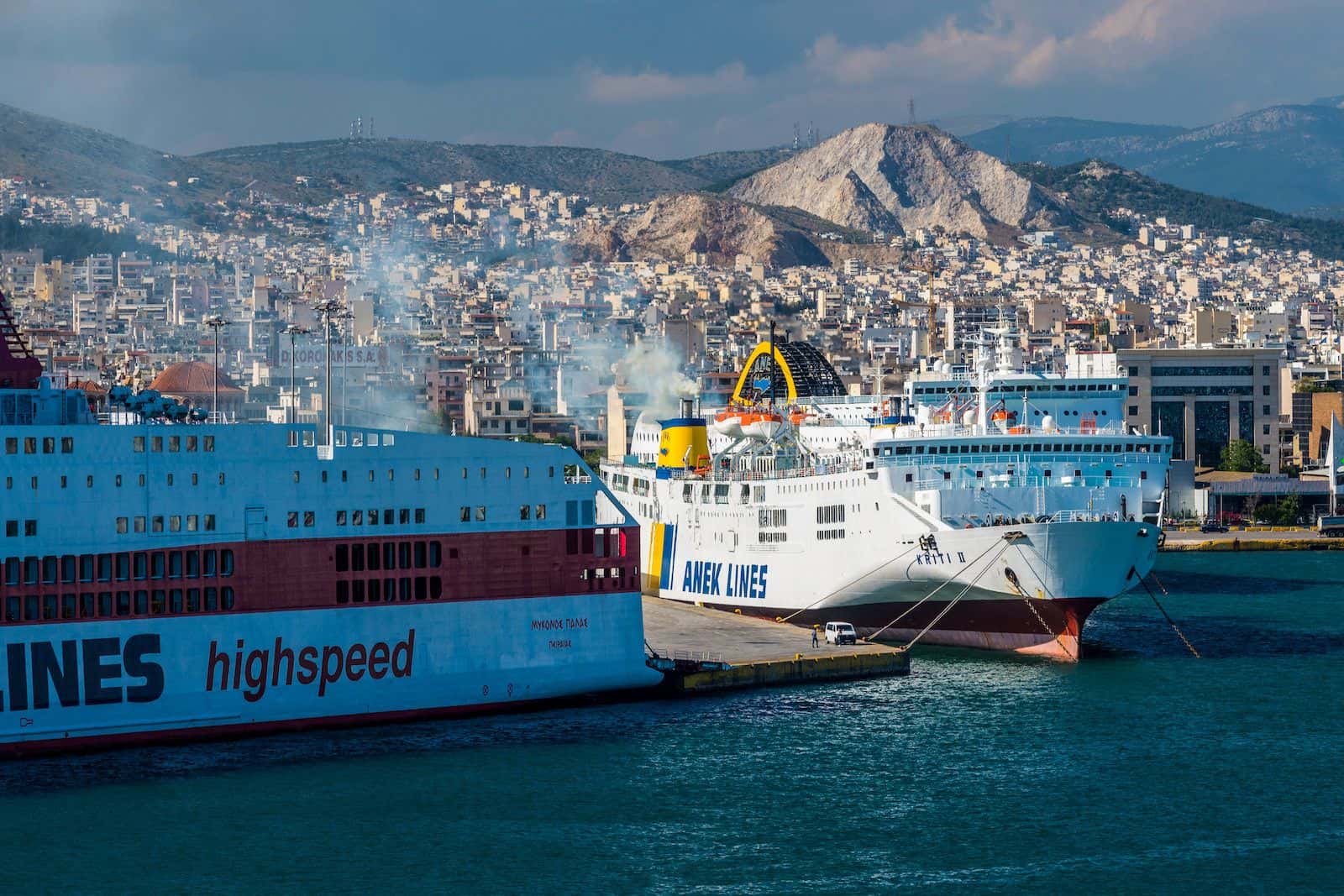
However, for Piraiotes (citizens of Piraeus), COSCO’s acquisition of the PPA has been a source of concern because of the increasingly negative social and environmental impacts of the port’s operations. For years, international perceptions of the Chinese presence in Piraeus have been shaped by false alarmist warnings about COSCO turning the port into a military base for the People’s Liberation Army Navy and acting as Trojan horse for the Chinese Communist Party in Greece and the European Union. Importantly, this process of securitisation of Chinese economic activities is obsessively monothematic and imposes a tunnel vision that ignores important local developments and challenges. But as the case of Piraeus reveals, threat perceptions are created through discursive exaggerations that disregard the facts and usually distort more than explain reality. Over the past decade, the real or imagined geopolitical ramifications of COSCO’s gradual entry into Piraeus have been dominated by a resurgent ‘China threat’ narrative in both Europe and the United States (Rogelja and Tsimonis 2020). In 2021, as stipulated in the 2016 deal, COSCO acquired a further 16 per cent stake of the PPA for 90 million EUR, bringing its share to 67 per cent.

Locally, COSCO was assisted by the powerful Greek shipping elite and part of the political establishment, which helped the Chinese state-owned enterprise (SOE) to so entrench itself that no other competitor bothered to bid. These draconian agreements stipulated profound austerity measures and committed Greece to extensive privatisations, including of the PPA.

However, the privatisation was the result of bailout agreements that were imposed on successive Greek governments by the European Commission, the European Central Bank, and the International Monetary Fund (dubbed ‘the Troika’). This tender reflected the Chinese shipping giant’s growing influence in the port since the 2008 deal. In 2016, under strong pressure from its creditors, the Greek Government privatised 51 per cent of the PPA’s stocks under public ownership through an open tender in which COSCO was the sole bidder with an offer of 280 million EUR (hereinafter, the ‘2016 deal’). This was the first step in the privatisation of the port and a milestone in a process of neoliberal transition that had started with the corporatisation of the PPA a few years earlier. In 2008, the China Ocean Shipping Company (COSCO) won a tender for the operation of the PPA’s container facilities (Pier 2 and construction of Pier 3) under a 35-year concession agreement (hereinafter, the ‘2008 deal’).

Urban development, spatial and traffic planning, environmental conditions and the delimitation of green space, employment, social organisation, and local politics-all reveal the constant negotiation between human needs and the profit imperatives of logistical capitalism. The symbiosis between the city of Piraeus and the port has always been complicated. The impact of port operations transcends the walled boundaries of the Piraeus Port Authority (PPA) and is felt in every aspect of life in the adjacent urban area, which is home to half a million people. These images often omit, or place far in the background, the densely populated urban districts of the Piraeus Regional Unit within which the port is located. Images of the Greek Port of Piraeus on Google Search depict the hardware of logistical capitalism in action, with freighters docked at piers and cranes piling containers and moving cargo.


 0 kommentar(er)
0 kommentar(er)
